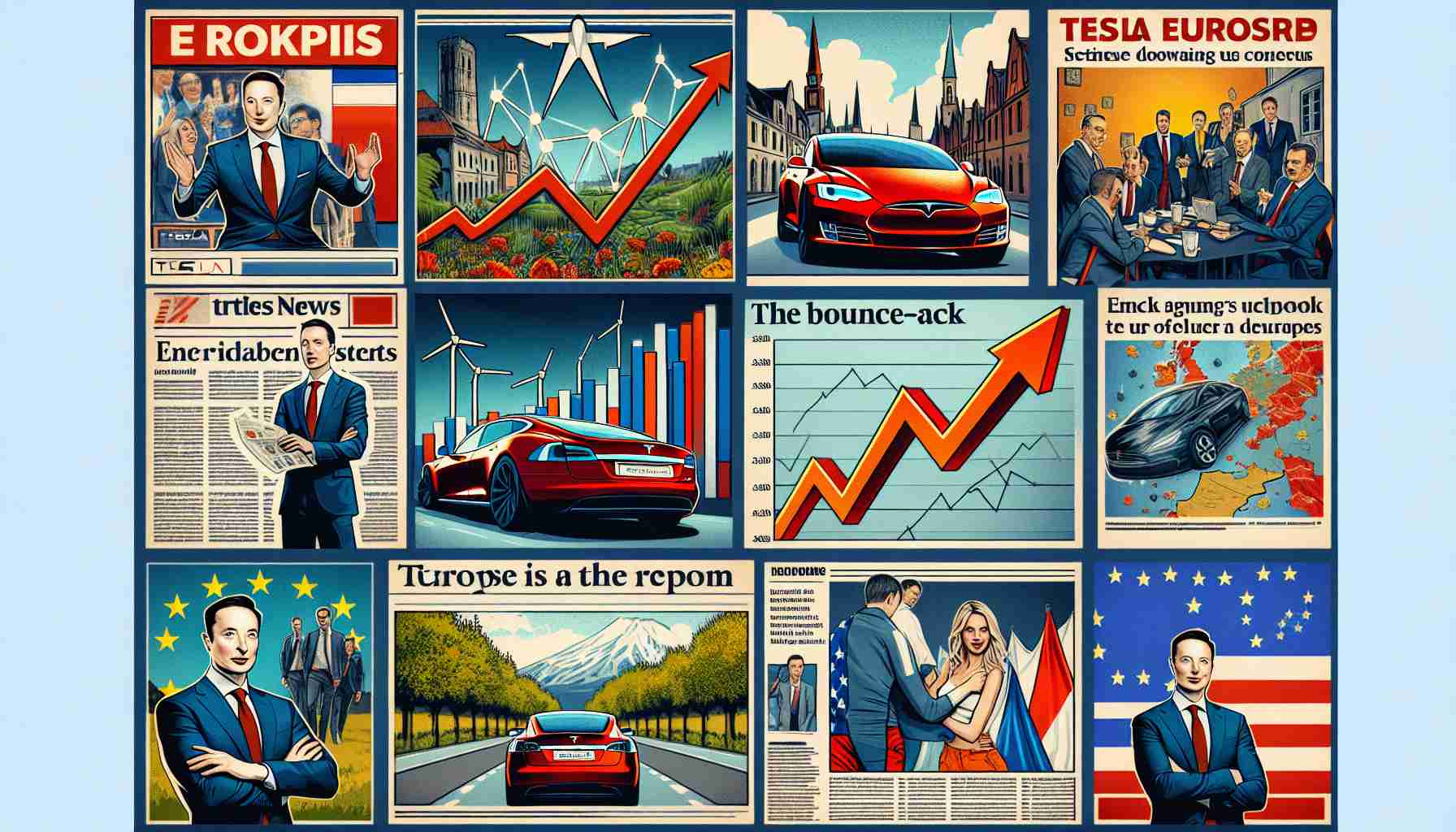Major shifts are underway in the European electric vehicle market. Recent statistics reveal a sharp decline in Tesla’s registration numbers. As of November 2024, the company saw over 30,000 fewer registrations across the European Union compared to the previous year.
In fact, numbers show a staggering 40.9% drop in registrations for November alone. The European Automobile Manufacturers’ Association (ACEA) reported that Tesla’s registrations fell from 31,810 in November 2023 to just 18,786 this past month, reducing its market share from 3.6% to 2.2%.
To date, Tesla has recorded a total of 211,405 registrations in the EU for the year, which is a 15.2% decrease from last year’s 249,265 units. The downtrend extends to countries within the European Free Trade Association and the United Kingdom, where November registrations dipped by 28.4%.
Several factors contribute to these declines, including shifting consumer sentiments regarding CEO Elon Musk and diminishing government incentives for electric vehicle purchases in various European nations. Despite Tesla’s struggles, the overall electric vehicle market in the EU remains resilient, with only a minor reduction of 1.4% in registrations.
As other manufacturers step in to seize the market opportunity, the question remains: can Tesla reclaim its stronghold in Europe, or will it continue to lose its edge in the electric vehicle revolution?
The Rise and Fall of Tesla: A Deep Dive into the Shifting European EV Market
Major Trends in the European Electric Vehicle Market
The European electric vehicle (EV) market is undergoing significant transformations, marked by fluctuating registration figures for leading manufacturers, particularly Tesla. As of November 2024, Tesla has faced unprecedented challenges, including a staggering 40.9% reduction in vehicle registrations compared to the previous year. This shift highlights broader trends in consumer behavior, market dynamics, and regional policies affecting EV adoption.
Why Are Tesla’s Numbers Dropping?
Recent statistics indicate that Tesla’s registrations in the European Union plummeted from 31,810 in November 2023 to just 18,786 in November 2024, resulting in a drop in market share from 3.6% to 2.2%. Overall, Tesla has reported a total of 211,405 registrations in the EU for the year, a 15.2% decline from 249,265 in 2023. Notably, registrations also fell in the European Free Trade Association and the UK, with a 28.4% decrease.
Contributing Factors to the Decline
1. Consumer Sentiments: There has been a notable shift in consumer sentiments regarding CEO Elon Musk. His comments and management style may be affecting brand perception among European consumers who are increasingly valuing corporate responsibility and social considerations.
2. Government Incentives: Diminishing government incentives for EV purchases across various European countries have also played a crucial role. As subsidies decrease, the cost of entry into the EV market rises, making Tesla’s products less attractive compared to competitors who may offer similar specs at lower prices.
3. Increased Competition: New entrants and established automobile manufacturers are rapidly expanding their EV offerings, providing consumers with more choices and competitive pricing. Brands such as Volkswagen, Ford, and new electric startups are seizing the opportunity to capture market share.
Current Market Landscape and Tesla’s Future
Despite Tesla’s struggles, the overall EV market in the EU remains resilient, experiencing only a minor reduction of 1.4% in registrations. This resilience may indicate a strong underlying demand for electric vehicles that is being distributed across a broader range of manufacturers.
Will Tesla Recover?
The pivotal question now is whether Tesla can reclaim its leadership position in the European market. The company must navigate the landscape of increased competition while addressing consumer concerns and adapting to changing regulatory environments. Strategic adjustments, such as enhancing customer engagement and possibly diversifying product offerings, might be necessary for Tesla.
Pros and Cons of Current EV Market Trends
Pros:
– Diverse Options for Consumers: More brands entering the market lead to a variety of choices for consumers.
– Innovation and Advancements: Increased competition fosters innovation in battery technology, pricing strategies, and vehicle features.
Cons:
– Market Saturation Risk: The influx of options may lead to market saturation, potentially hurting sales across the board.
– Potential for Confusion: Consumers may feel overwhelmed by the number of available choices, leading to indecisiveness.
Insights and Predictions
As we look ahead, it will be crucial to monitor ongoing trends in consumer preferences and governmental policies regarding EV incentives. Campus developments in battery technology and charging infrastructure will also play significant roles in shaping the future landscape of the electric vehicle market in Europe.
Organizations and manufacturers must also pivot towards sustainability and innovative technology advancements, considering the increasingly environmentally conscious consumer base.
For more insights on the electric vehicle market, visit ACEA.
In conclusion, while Tesla faces significant hurdles in the European EV market, the developments within this sector present both challenges and opportunities for sustained growth and innovation.

